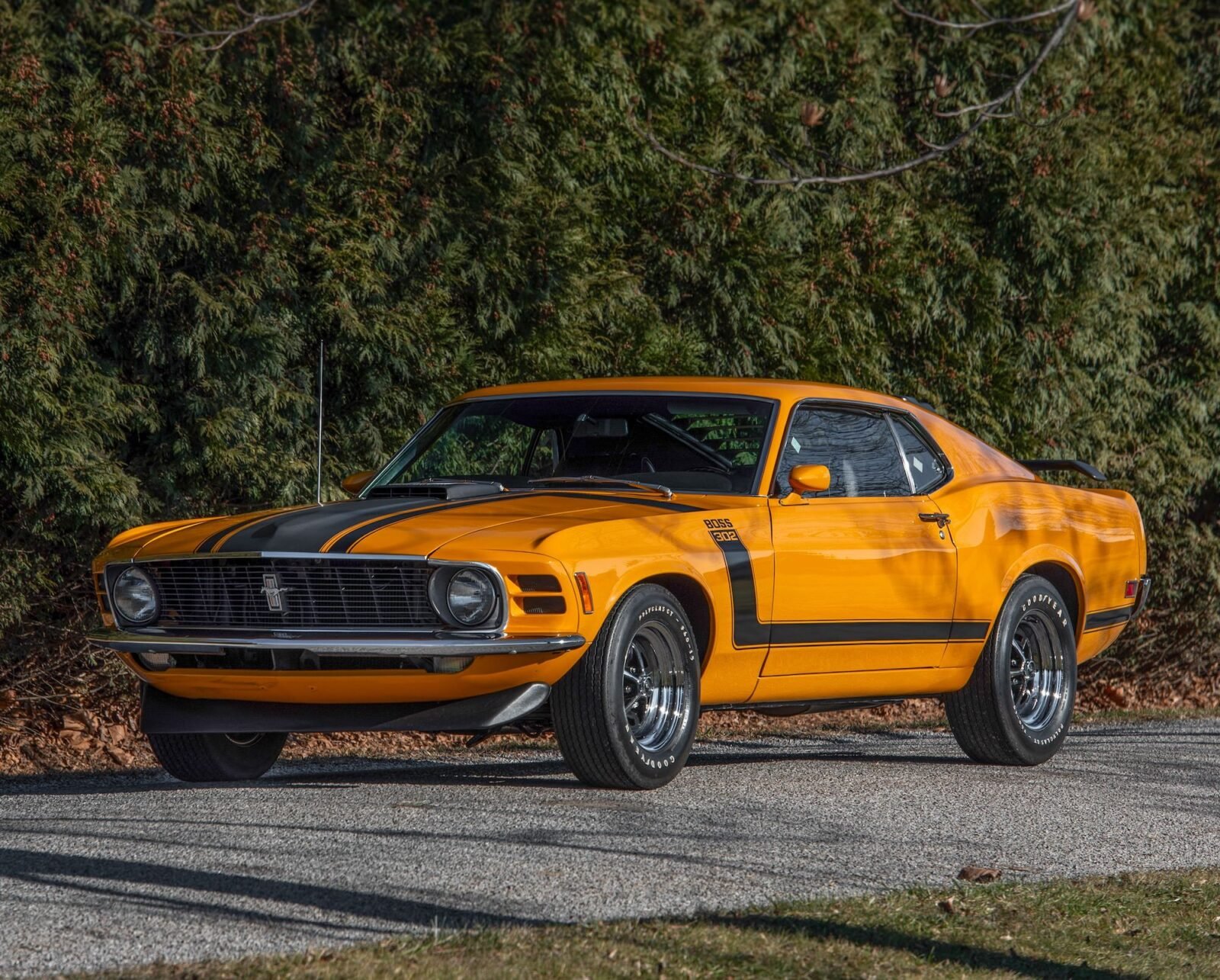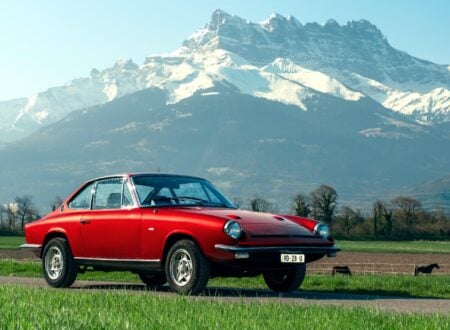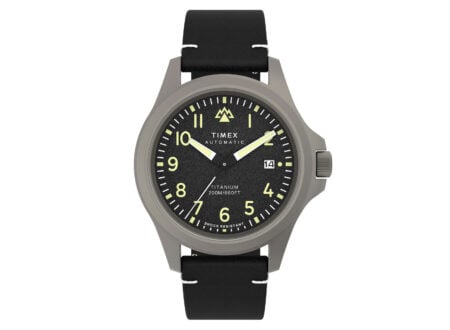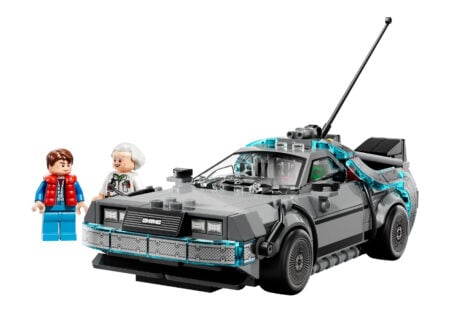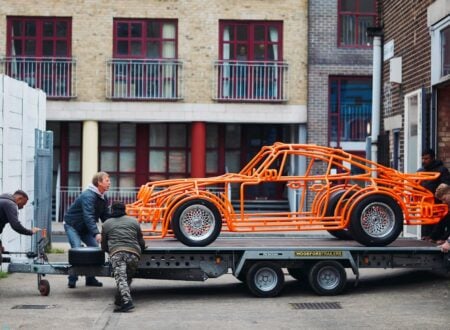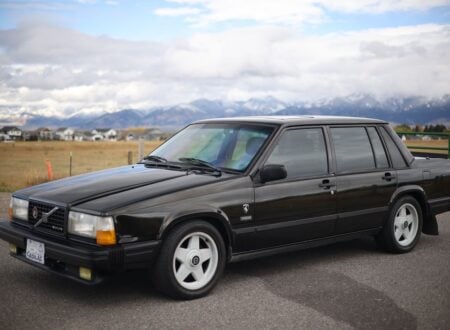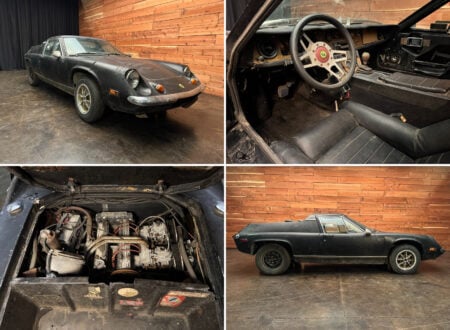This is a 1970 Ford Mustang Boss 302 finished in its factory-correct color combination of Grabber Orange over black vinyl upholstery, and it has the desirable 4-speed close-ratio manual transmission paired with the Traction-Lok differential.
The Boss 302 was a homologation special, a version of the Mustang specifically developed to compete with the Chevrolet Camaro Z/28 in the SCCA Trans-Am racing series. The car would prove successful, winning the championship for Ford in 1970 and establishing itself as a legend in the process.
Fast Facts – The Ford Mustang Boss 302
- The Ford Mustang Boss 302 was introduced in 1969 as a high-performance variant of the Ford Mustang, specifically designed to compete in the Trans-Am racing series. The car was developed under the guidance of Ford’s Semon “Bunkie” Knudsen and Larry Shinoda. The “302” in its name refers to the engine’s displacement of 302 cubic inches (4.9 liters).
- The 302 cubic inch V8 fitted to the Boss 302 was significantly modified over the standard 302, with a thin-wall, high nickel content block casting, unique heads with canted valves, 4-bolt mains and screw in freeze plugs. It was rated at 290 bhp, a significant improvement over the 230 bhp offered by the standard Mustang’s 302.
- In order to differentiate the Boss 302 from the standard Mustangs it was given a “hockey stick” side stripe, a black chin spoiler, rear louvers, and an optional rear deck wing. Countless replica Boss 302 Mustangs have been made over the years, so it’s always important to check the provenance of any car.
- The Boss 302 was produced for only two model years, 1969 and 1970, with a total production of approximately 8,600 units. This limited production run, combined with its racing pedigree, has made the Boss 302 a highly sought-after version of the Mustang.
The Trans Am Wars
Ford developed the Boss 302 to compete with the Chevrolet Camaro Z/28 in the Sports Car Club of America’s (SCCA) Trans-Am racing series. The Mustang had been the first “pony car” of course, even lending its emblem to the genre’s name, but other American automakers hadn’t been idle – many of them developed their own Mustang competitors which were quickly gaining in popularity.
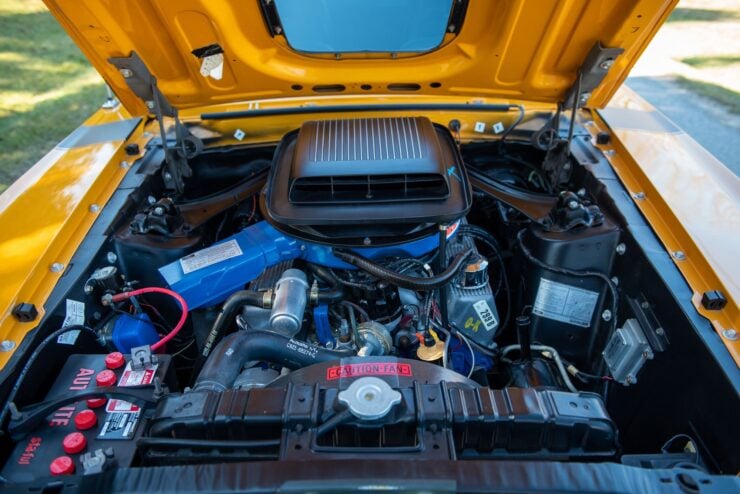

The pony car arms race kept Ford busy and the Boss 302 was to be the Blue Oval’s shot across the bow of Chevrolet and their still-new Z/28. Trans Am racing was hugely popular in the USA in the late 1960s, the maximum engine size allowed was 5.0 litres (305 cubic inches) which forced American automakers to leave their “there’s no replacement for displacement” philosophy at the door and delve into making the most powerful 5.0 litre engines they could.
The development of the Boss 302 V8 engine was a determined effort by Ford’s engineers, incorporating features like a thin-wall block, which distinguished it from standard Ford 302s, it also had four-bolt mains, screw-in freeze plugs, and specialized heads derived from the Ford 351 Cleveland V8 to improve flow.
The street-legal Boss 302 V8 had an impressive 290 hp, accelerating from 0 to 60 mph in 6.9 seconds, completing a quarter-mile in 14.6 seconds, and it could reach a top speed of 137 mph.
Several modifications were made to the vehicle, with design oversight by the renowned Larry Shinoda, who was recruited to Ford by President Semon “Bunkie” Knudson from GM’s Chevrolet Division.
Shinoda not only developed the appearance package of the Boss 302 but also humorously named it “the boss’s car” as that was always his answer when people at Ford asked him about the secretive project he was working on. This nickname eventually became its official title.
Both the Boss 302 and the Boss 429 were produced during this period, for Trans Am and NASCAR homologation respectively, and came with a long list of performance improvements intended for the track.
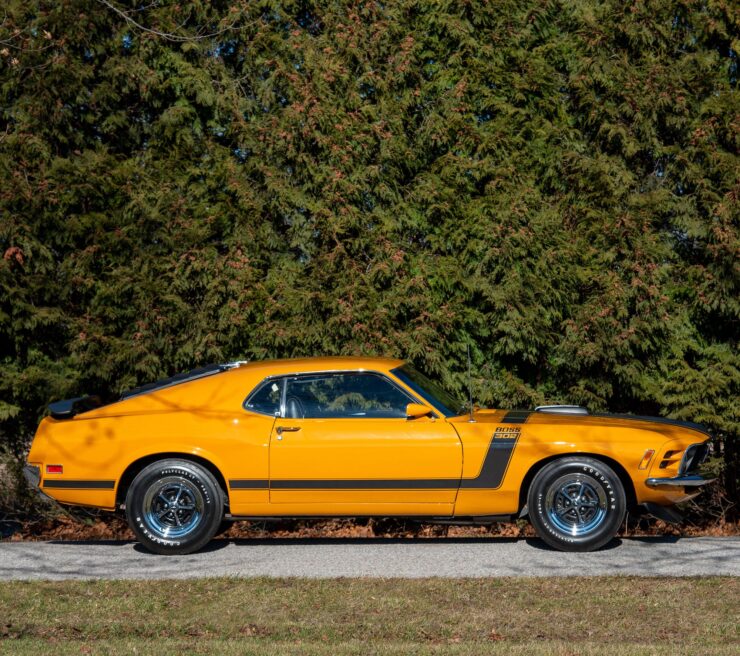

To meet homologation standards, Ford had to manufacture at least 6,500 units. Some of these changes included front disc brakes, larger sway bars, tougher spindles, reinforced shock towers, and a 4-speed manual transmission that could handle the power output from the new Boss 302 V8.
In 1969, the Boss 302 went head to head with the Camaros and narrowly missed winning the Trans Am Championship. It was later discovered that organizational inefficiencies during the pit stops had cost them races – meanwhile the Camaros were managed by the well-organized Roger Penske.
These lessons were learned, and the Boss 302 clinched the 1970 championship with Parnelli Jones at the wheel. Regrettably, the Boss 302 program was discontinued by Ford executives after this victory, and so the model was only produced in 1969 and 1970. In 2012, Ford paid homage to the original 302 by releasing a new line of Boss 302 Mustangs, inspired by their legendary predecessors.
The 1970 Ford Mustang Boss 302 Shown Here
The car you see here is one of just 7,014 examples of the Boss 302 that were built for the second and final model year, 1970. Interestingly, this vehicle is the only one that was made to this exact specification according to its Marti Report.
When the first owner was filling in the order form they opted for Grabber Orange over black vinyl upholstery, a rear spoiler, a 3.91 Traction-Lok differential, a shaker hood scoop, tachometer, power steering, a center console, AM radio, and a 4-speed close-ratio transmission.
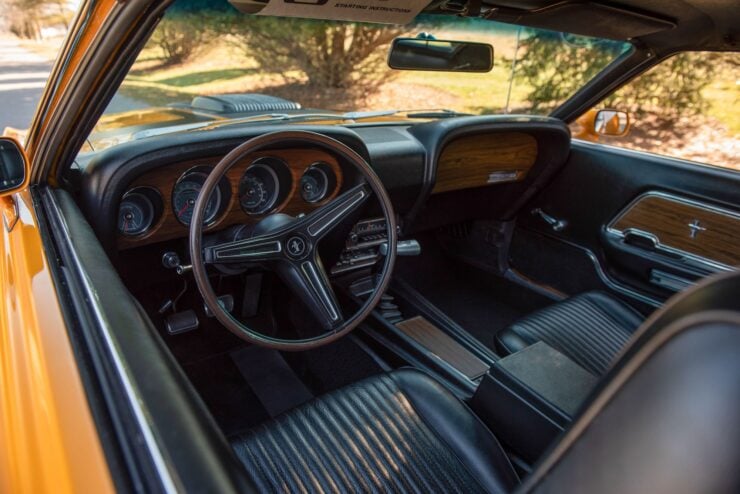

This combination of the 4-speed manual gearbox with the tachometer and Traction-Lok (a limited-slip differential), makes it clear that the first owner was an enthusiast, as this is widely considered the perfect “drivers” specification for the car.
The vehicle was given a full rotisserie restoration a number of years ago that still presents well. It’s being offered with an Elite Marti Report, dealer invoice, and owner’s manual. It’s due to roll across the auction block with RM Sotheby’s with a price guide starting at $60,000 USD, and you can visit the listing here if you’d like to read more or register to bid.
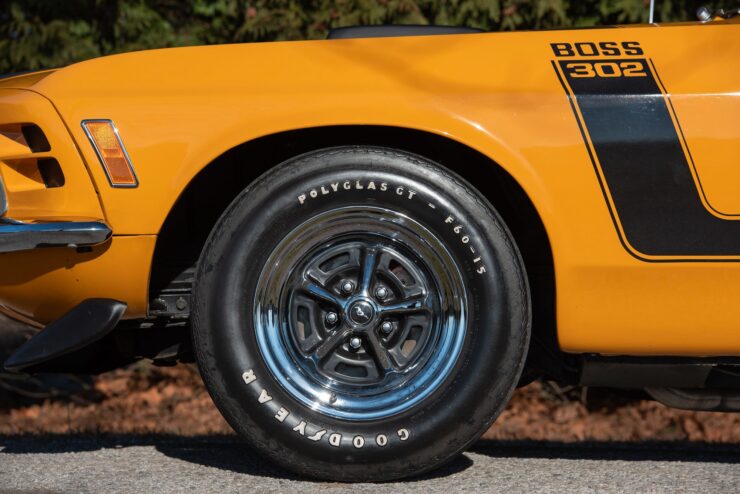
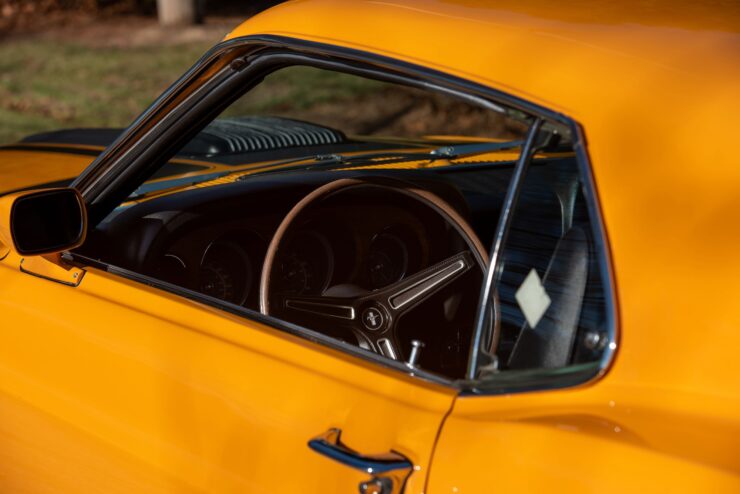
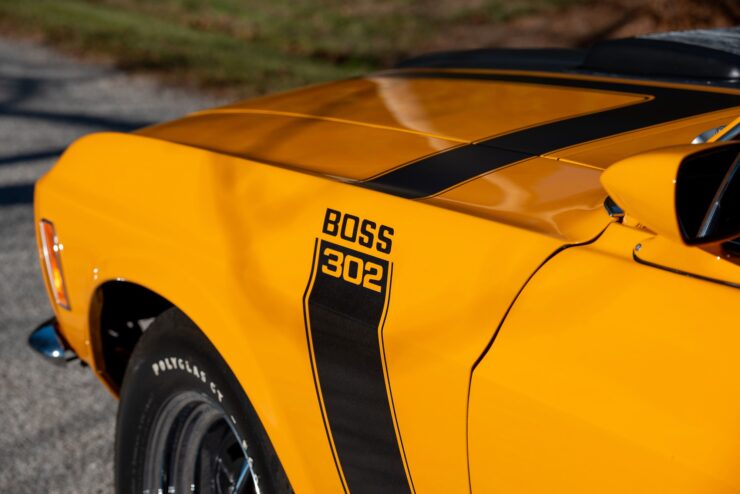
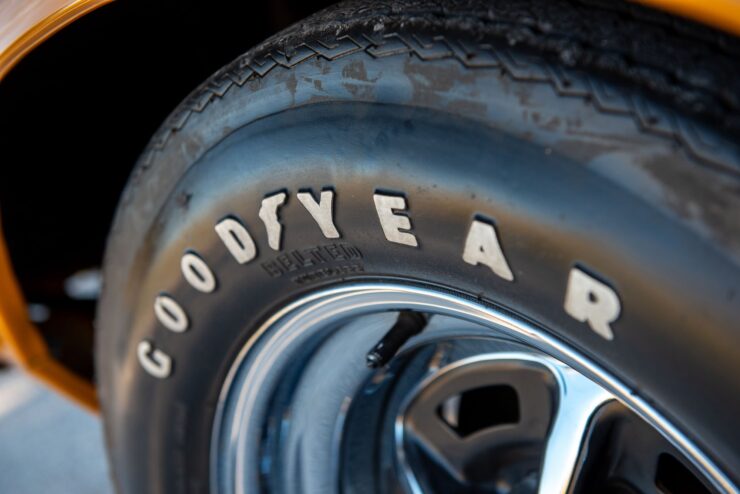
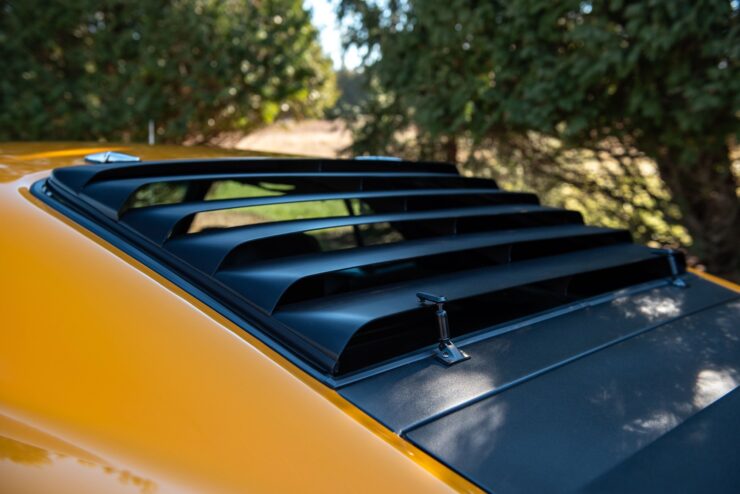
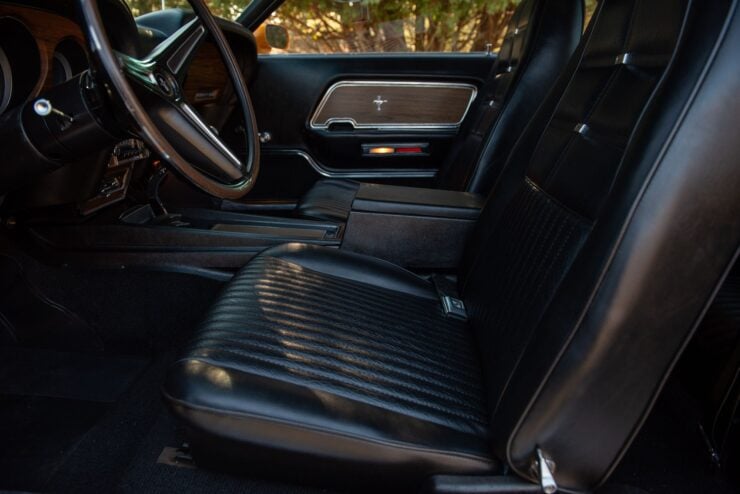

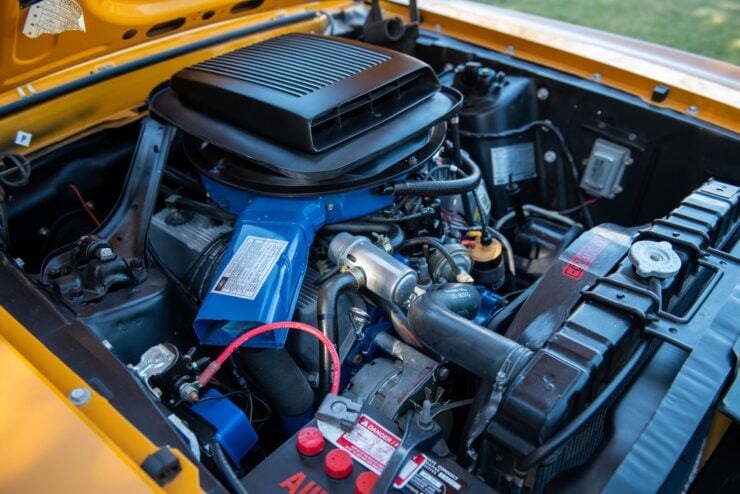
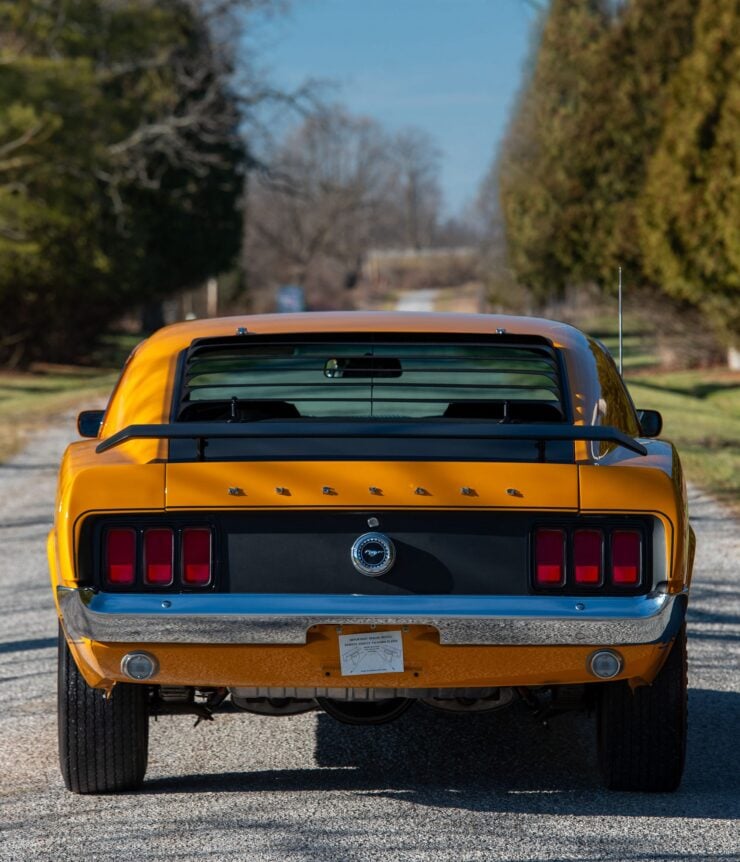
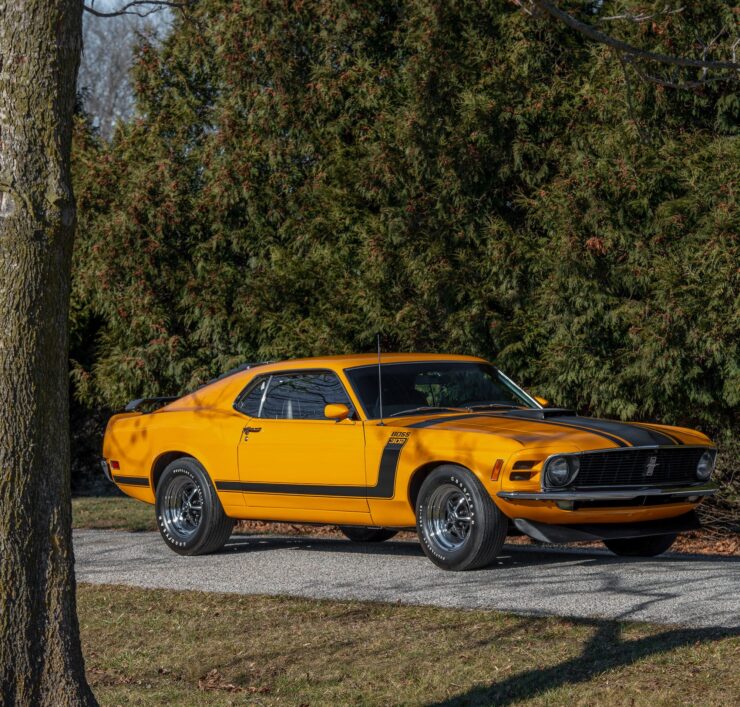
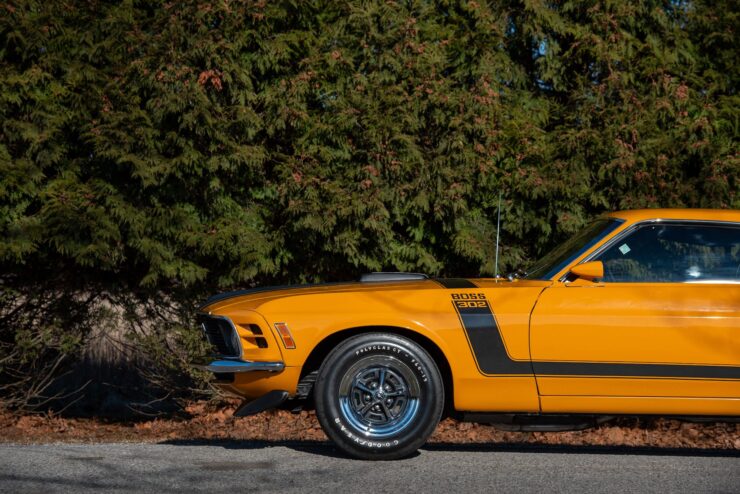
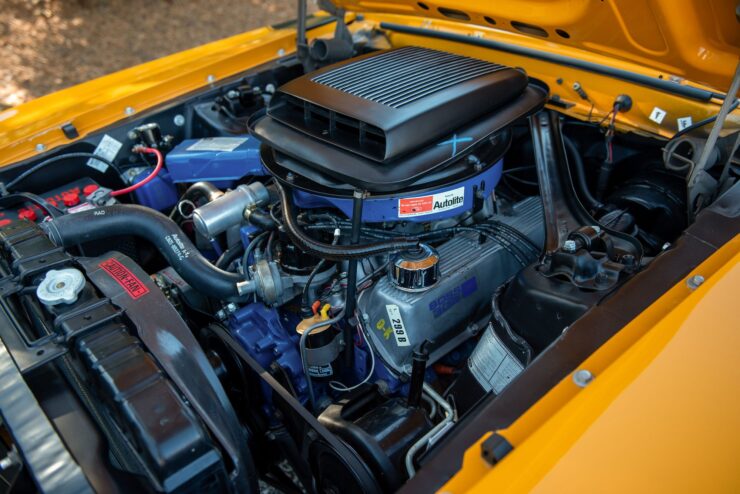
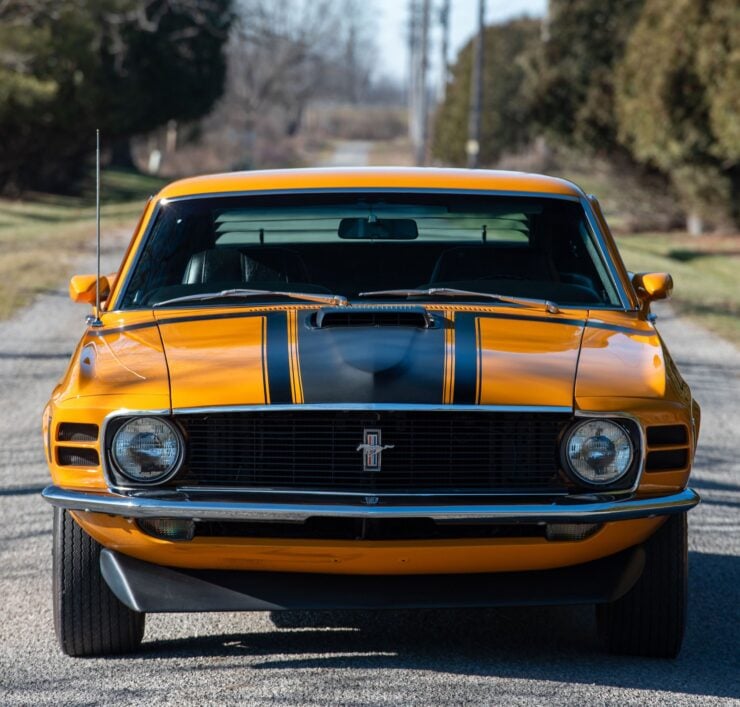
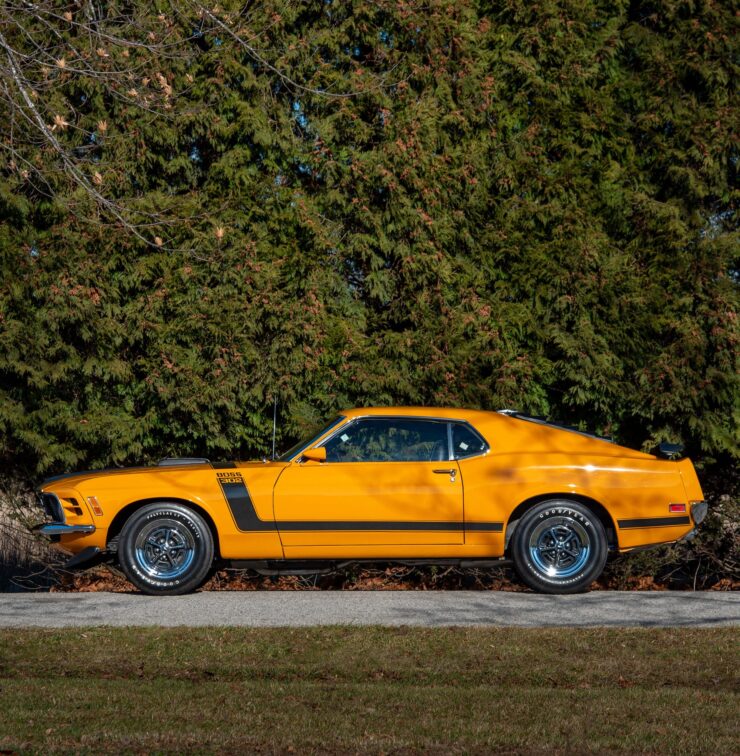
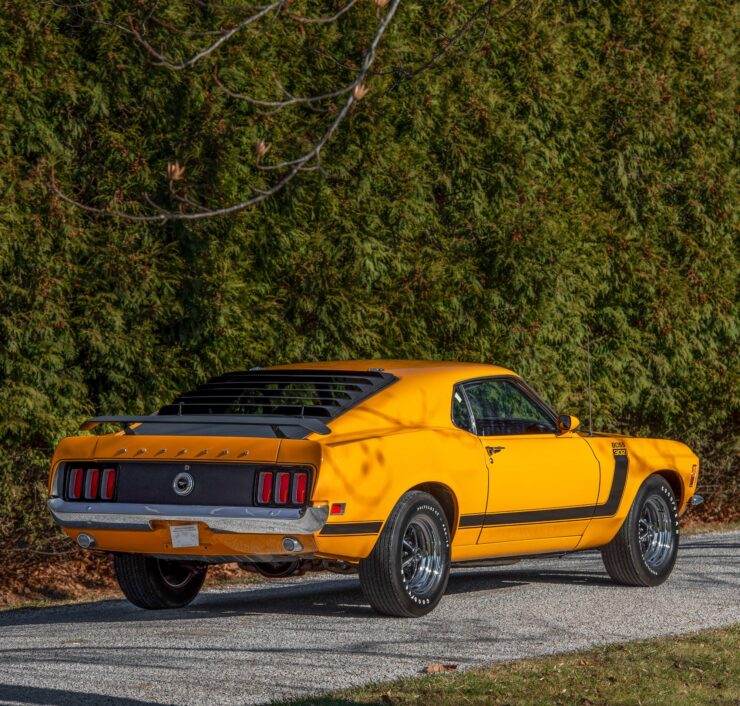
Images: Corey Escobar ©2023 Courtesy of RM Sotheby’s

